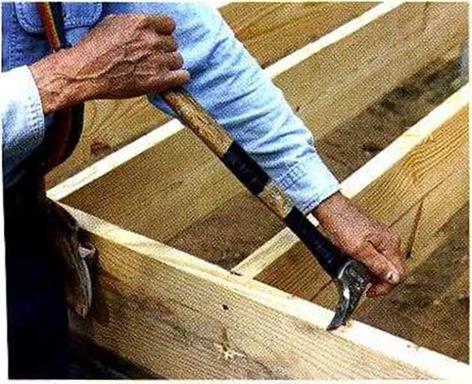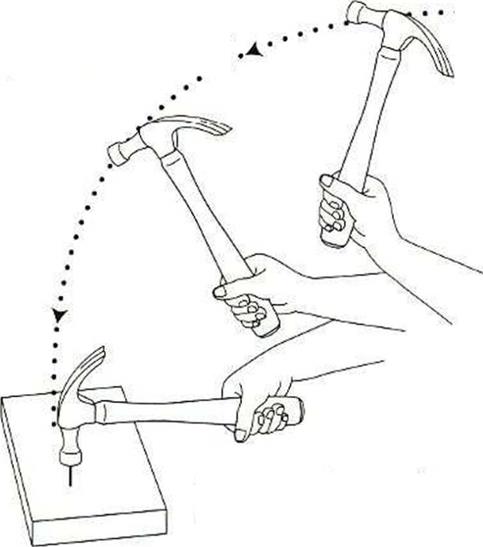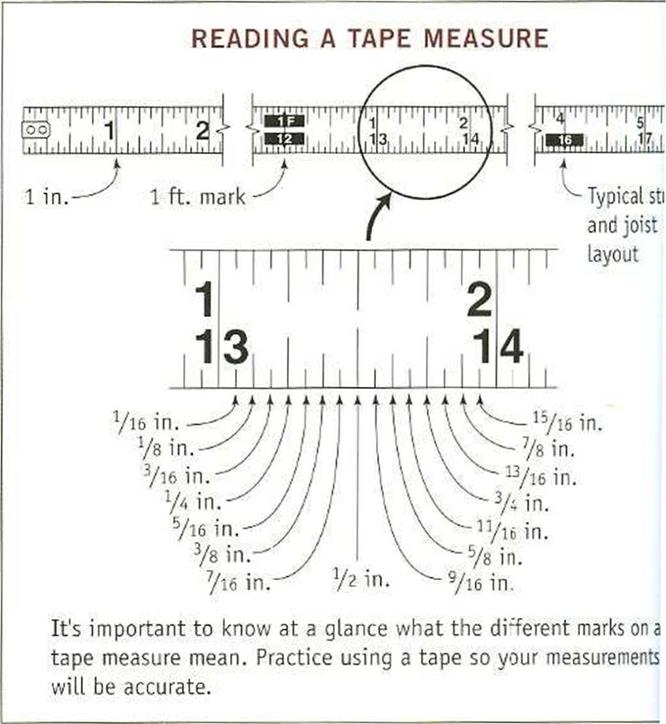PRESSURE-TREATED LUMBER
In areas where the termites are especially hungry (Hawaii and some southern states), entire house frames can be built of pressure – treated wood. Pressure-treatment technology was developed to repel termites and inhibit rot, and it does so effectively. During the treatment process, a preservative compound is forced under pressure into raw lumber, penetrating deeply into each board.
For many years the main ingredient used in treated wood was arsenic. A dangerous poison, arsenic was effective in repelling termites but also harmed the workers who manufactured and used these construction materials. The EPA eventually banned the use of arsenic in PT wood, and suppliers replaced the arsenic with copper and other less harmful chemicals...
read more





 3-in...
3-in...







